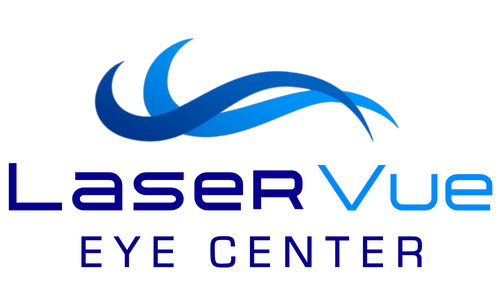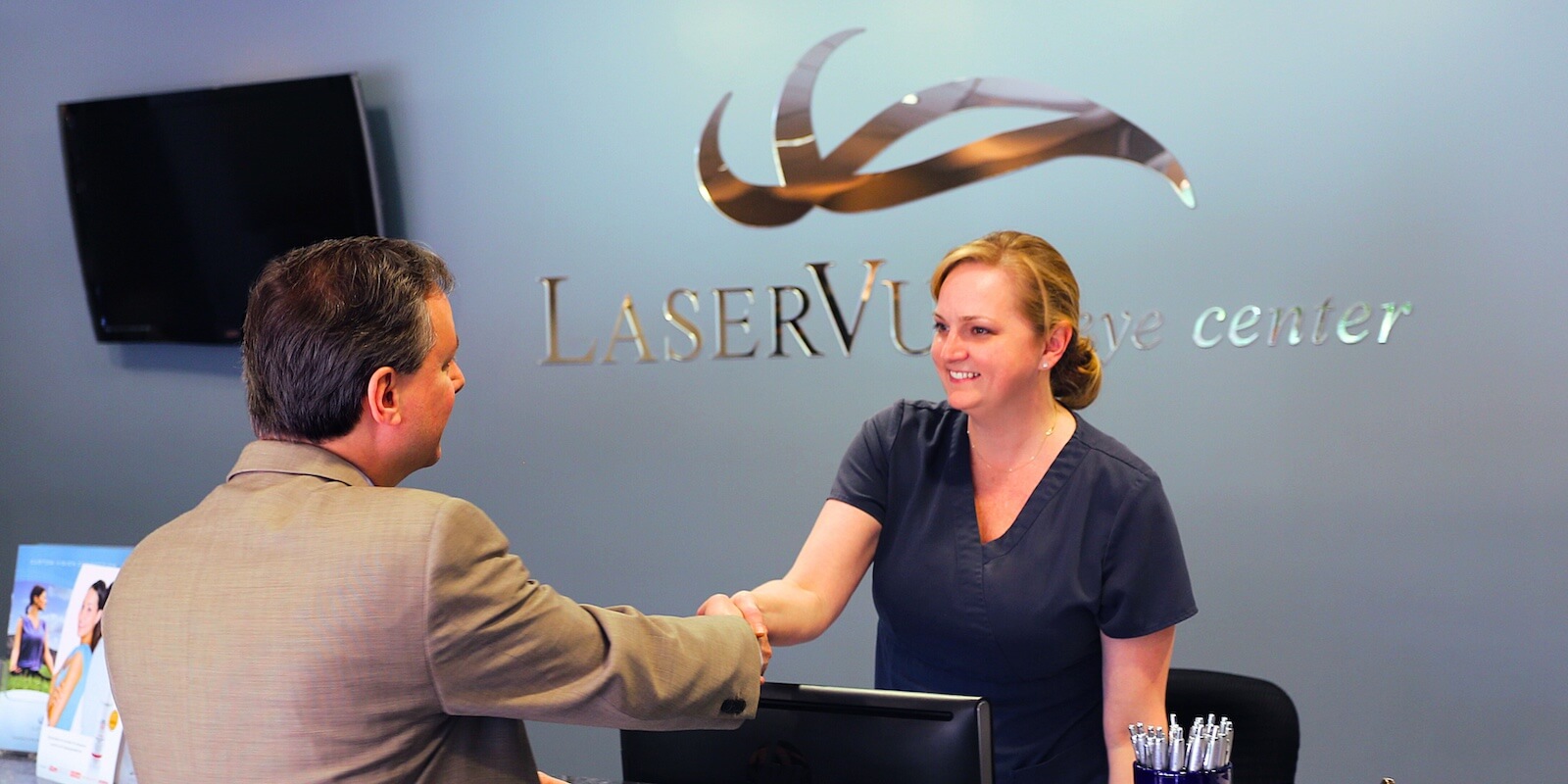Flexible Spending Accounts
What is an FSA?

A Flex 125, or Flexible Spending Account (FSA), also known as a Cafeteria Plan, is a plan that your employer may offer as an added benefit. This may allow you to pay for some (qualified) medical expenses on a pre-tax basis. If you are planning on getting a medical procedure that isn’t covered by your medical insurance plan—such as LASIK or braces—then using your flexible spending account could save you as much as 30%.
How does an FSA work?
Your plan year will most likely start on January 1st. Typically, in November, your employer will ask you how much you would like to allocate toward your FSA. IRS regulations limit the maximum to $2500. Once you decide on an amount, your employer will put that money into your FSA, which will be active on the scheduled start date. Most employers either give you a credit card with the amount on it or have you submit receipts for reimbursement.
Use it or Lose it!
If you don’t use the funds in your FSA by the end of the year, you could potentially forfeit a large portion of that unused money.
Generally, the funds in your flexible spending account are only available for a couple of months past the end of your employer’s yearly cycle. You may carry over up to $500 in unused funds into the next year.
What are the Benefits?
By using pre-tax dollars, a flexible spending account helps you save money by reducing your income taxes.
Basically, your FSA dollars are taken out of your paycheck, then the remaining income is taxed. By doing so, you do not pay income tax on the funds allocated to your FSA.
Depending on your tax bracket, this could save you between 15-30% in taxes.
Eligible Expenses
Any expense that’s considered a deductible medical expense by IRS regulations is eligible, including:

